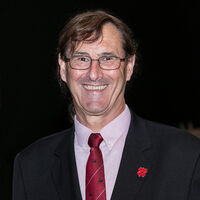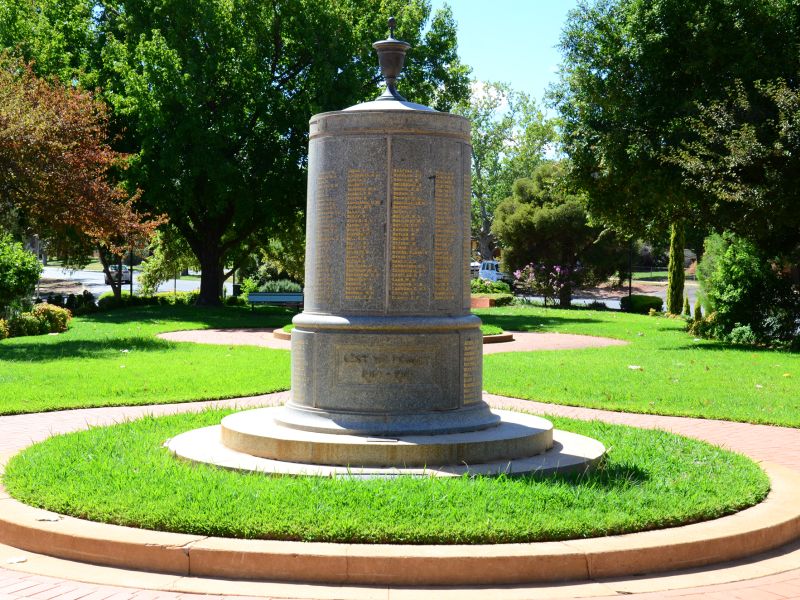"Unveiled by Major General Rosenthal" - a worthy honour
Along with a description of the Memorial being “of Marulan granite, circular in shape, capped with a brass urn”, the Sydney Morning Herald of 23rd November 1923 prominently declared that the Memorial, "erected by citizens in honour of those who served in the Great War", had been unveiled by Major-General Sir Charles Rosenthal.
Charles Rosenthal was serving as a major in the Australian Field Artillery, a Militia unit, at the outbreak of the First World War. He joined the Australian Imperial Force in August 1914 and sailed with the first convoy as lieutenant-colonel commanding the 3rd Field Artillery Brigade.
He proved to be a popular and well-respected officer and was willing to stand up to higher command when he believed that his ideas were right. At the Gallipoli landing, that brought him into brief conflict with his commander, Major General Sir William Bridges. Despite Bridges’ initial opposition, Rosenthal was finally able to land the guns of his batteries, to provide sorely needed artillery support. He chose unorthodox gun positions among the foremost infantry units.
Rosenthal's actions on Gallipoli are said to have 'established his reputation' in the AIF. He eventually rose to be General Commanding the 2nd Division AIF on the Western Front.
Always referred to respectfully as “Rosie”, Rosenthal loved not only to be in the front line but to be seen there. His troops respected his courage and desire to test any danger before they entered it. He was wounded several times and was gassed once. He also engaged in direct skirmishes with German troops, even taking prisoners in order to determine what enemy units were facing his men.
By the end of his military service Rosenthal had been appointed Knight Commander of the Order of the Bath and Companion of the Order of St Michael & St George. He’d been awarded the Distinguished Service Order, the French and Belgian Croix de Guerre, the French Legion d'Honneur (4th Class Officer) and had been Mentioned in Despatches seven times.
He was truly one of Australia’s greatest military commanders and a worthy person to unveil a memorial to many of the men he’d previously commanded.
 Henry C Moulds
Henry C Moulds